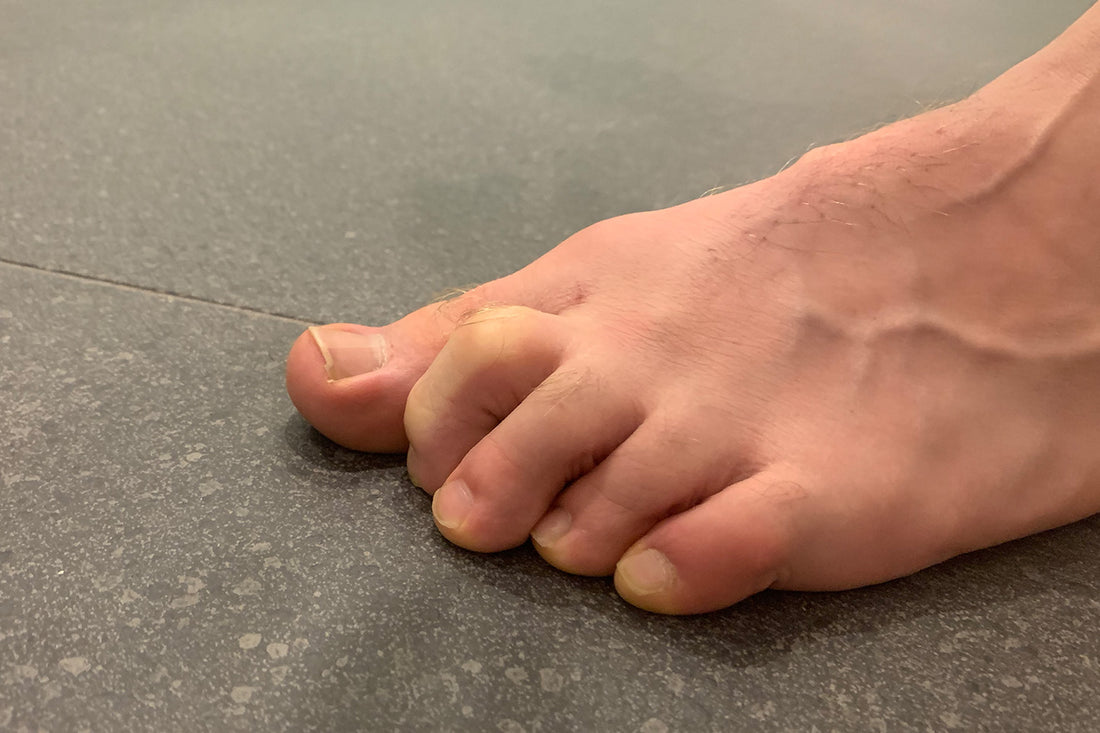Claw toes, a common foot condition, can cause discomfort and impact one's ability to walk and wear certain footwear. This condition is characterized by an abnormal positioning of the toes, leading to a claw-like appearance. In this blog, we will explore the causes and symptoms of claw toes.

Causes of Claw Toes
Claw toes can develop due to various factors, including:
-
Muscle imbalances: Imbalances in the muscles and tendons that control the movement of the toes can result in claw toes. Weak or tight muscles can lead to an imbalance, causing the toes to bend abnormally.
-
Nerve damage: Nerve damage, such as that caused by diabetes or other neurological conditions, can affect the muscles in the feet and toes, leading to claw toes.
-
Footwear choices: Wearing shoes that are too tight, narrow, or high-heeled can force the toes into unnatural positions over time, contributing to the development of claw toes.
-
Rheumatoid arthritis: This chronic inflammatory condition can cause joint deformities, including claw toes, due to joint erosion and damage.
Symptoms of Claw Toes
The primary symptom of claw toes is the abnormal bending of the toes, resembling a claw-like appearance. Other common symptoms include:
-
Toe pain: Claw toes can cause pain and discomfort, particularly when wearing shoes or walking for extended periods.
-
Corns and calluses: The bent toes can rub against footwear, leading to the development of corns and calluses on the tops or tips of the affected toes.
-
Limited flexibility: The affected toes may have limited or reduced flexibility, making it difficult to straighten them manually.
-
Difficulty finding well-fitting shoes: Claw toes can make it challenging to find comfortable footwear that accommodates the deformity, leading to further discomfort and frustration

